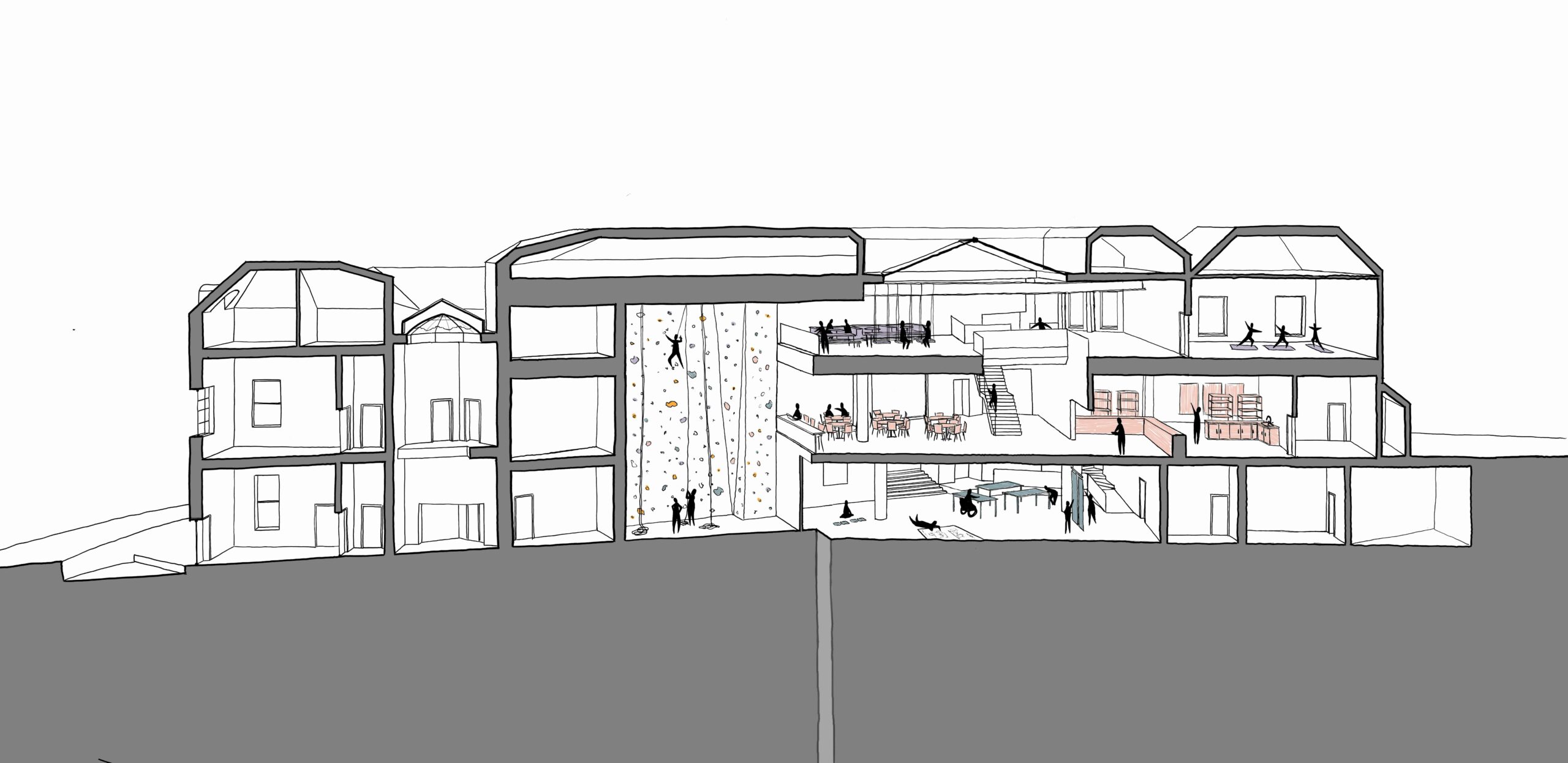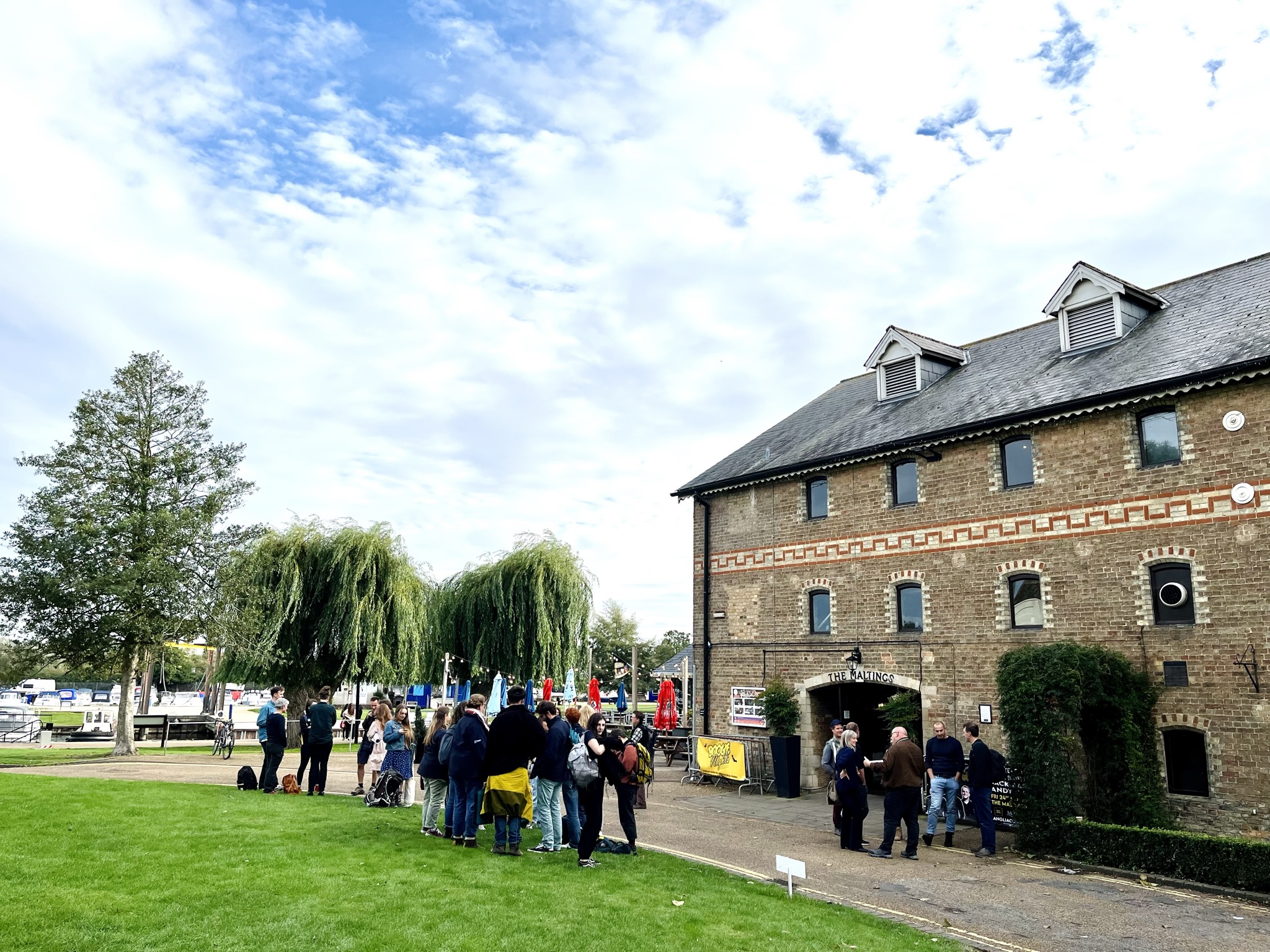David Cameron has just announced the possible creation of new “garden cities” as a further initiative to help meet the housing crisis. While welcoming this initiative since they have become popular places to live I am baffled why we are not encouraging a much more popular settlement type – the village. This is the foundation stone from which all larger settlements spring and has been neglected in favour of cities and anodyne housing estates cut off from any sense of place or community. Villages, when working as they should, allow for cohesive communities and a strong sense of belonging yet our current planning policies strangulate their growth and prevent them from being vital places to live. They are needed for more choice and diversity in living. Historically villages have been associated with agricultural communities but this relationship has significantly changed in post-industrial western economies. Increasingly impoverished during the industrial revolution by the movement of population to cities, the 20th century has exacerbated the village’s plight with the decimation of agricultural employment. Only 1% of the work force is now employed in agriculture so it is absurd to kid ourselves that this is the main stay of village life however much it maybe portrayed in the Archers. Planning policies still have not recognised this fact allowing only new houses related to agricultural employment. But the problem is deeper; alongside policies preventing villages from growing organically, market forces have turned attractive villages into wealthy people’s second home ghettoes thus pricing others out of the market. This further reduces demand for local shops, pubs and public transport. So how do we reverse this decline? First local planning policies must adapt to the needs of the 21st century village since it has been grossly undervalued as a place for growth. Whether the new National Policy Framework encourages this remains to be seen. Equally important is internet and fast broadband (which this paper has tirelessly campaigned for) that allows small businesses to grow and prosper in villages. It is here we should build small office units rather than having them stranded on forlorn industrial sites with no access to shops or people; how much better if they are part of a village, supporting the local economy, sitting alongside home-working which is very much part of our daily lives. Shops would re-establish themselves as the backbones of the community and with affordable housing and holiday homes limited in numbers a sustainable community could be achieved. (Switzerland is introducing a policy limiting second homes to 20% in their attractive alpine villages). Where villages have been allowed to grow and properly function they are thriving. Perhaps not the idyll of a country village, Horsford though is a proper functioning village combining small businesses, homes, shops, football club, community hall and school. It is a popular place to live with a growing population. One could criticise the quality of some new housing but as a village it presents an attractive alternative to towns that have dominated our attention during the industrial epoch; that has well and truly passed. Anthony Hudson
OUR VILLAGES NEED REVITALISING: A Different Way to Live
Author / Hudson Architects
Similar Journals

Planning permission granted for 20 Bank Plain refurbishment
September 18, 2024Planning approval and listed building consent has recently been granted for the refurbishment of 20 Bank Plain on behalf of Norwich University of the Arts. The refurbishment will breathe new life into this iconic and historic building, preserving its legacy while transforming it into a vibrant cent
Continue reading
Retrofit Case Study: The Grade II* listed Institute of Education at UCL
February 20, 2023With the climate crisis continuing to accelerate, and campaigners pushing for #RetroFirst, the new question is: should we demolish or reuse? For some time, the industry’s conversation around sustainability focused on building in operation, specifically, the carbon emissions generated once a buildi
Continue reading
Insights from the IUCN UK Peatland Conference 2023
November 24, 2023Our involvement with the FibreBroads research project continued last month with Anthony and Katey attending the IUCN UK Peatland Conference 2023, held in Ely. As part of a workshop focusing on sustainable principles for peatland paludiculture, Anthony, alongside the fantastic Aldert Van Weeren from
Continue reading